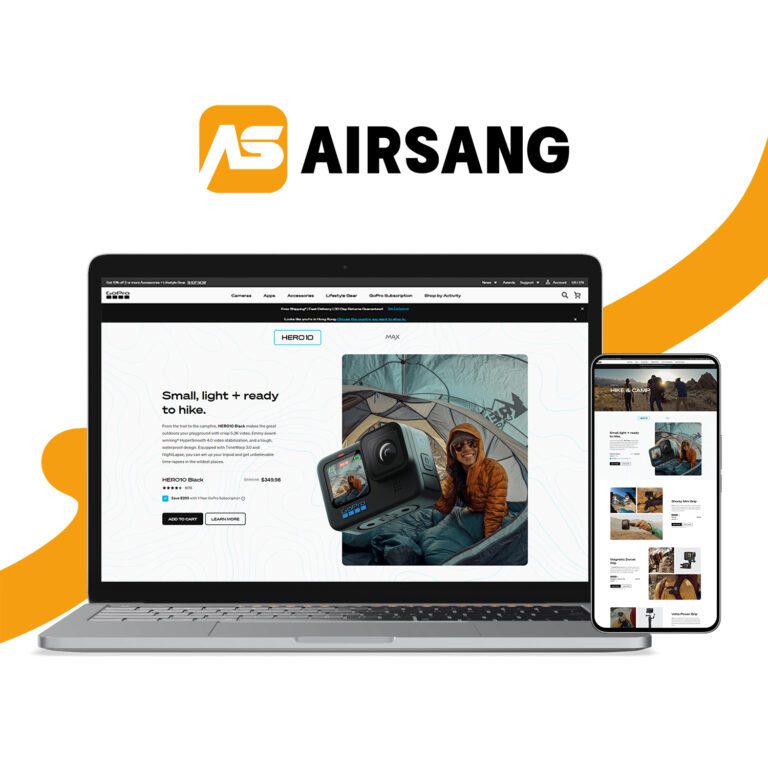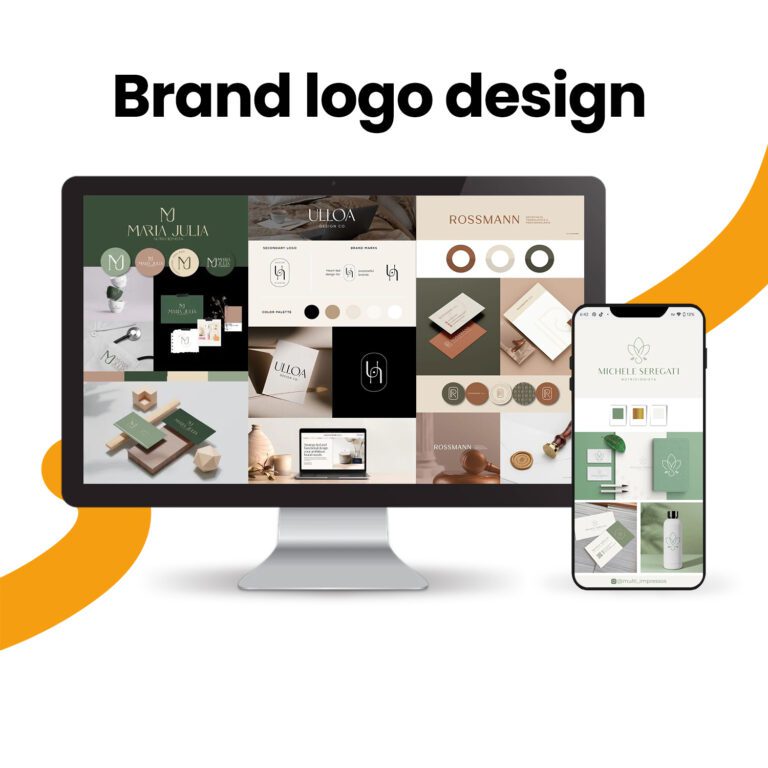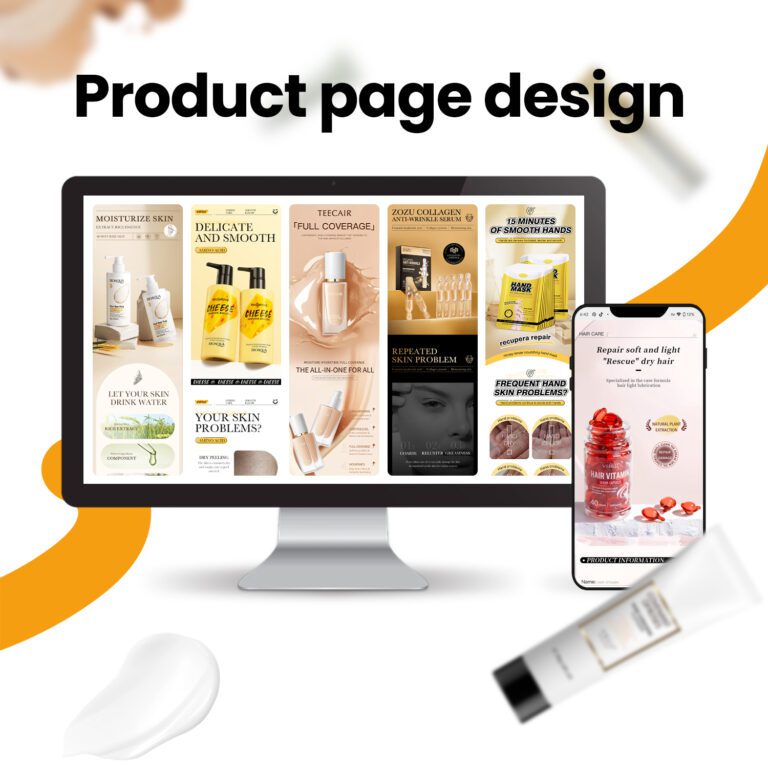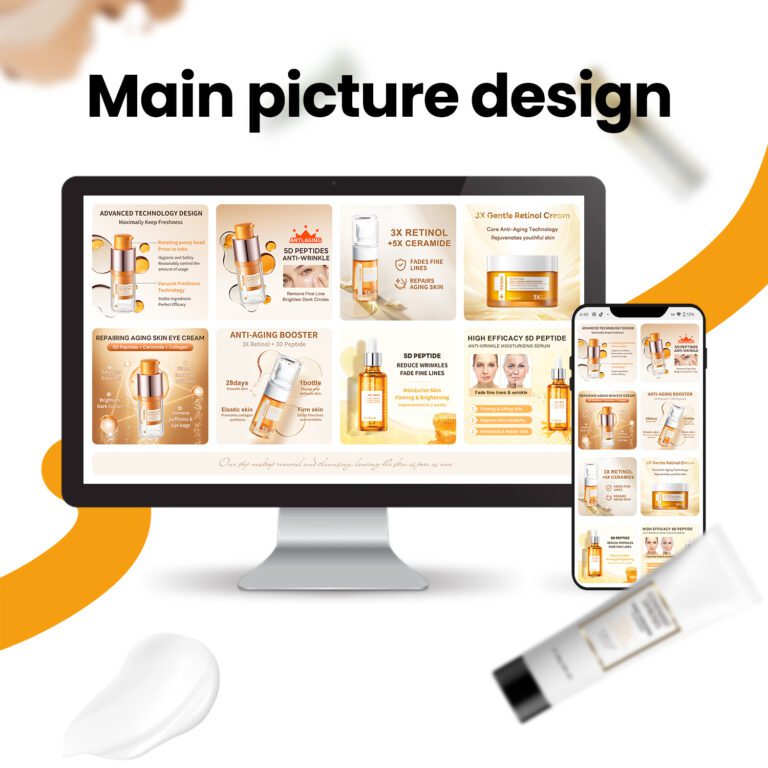What’s the Ideal Number of Characters Per Line for Website Text?
At Airsang Design, we know every detail matters—including line length. It may seem minor, but it greatly affects how users read and engage with your content. So, what’s the ideal length—and why does it matter? Let’s explore.

The Impact of Line Length on Web Design and User Experience
Unlike reading a book, users scan web content—so layout must support quick, clear reading. Line length plays a key role: too short feels choppy, too long strains the eye. Both hurt readability and increase bounce rates.
Understanding the Psychology of Ideal Line Length
Studies show the ideal line length for web reading is 50–75 characters (including spaces). This range balances eye movement and focus, aligning with how we naturally scan text. UX expert Jakob Nielsen found users read faster with medium-length lines but prefer the look of shorter ones—highlighting the need for both readability and efficiency.
The Role of Line Length in Shaping User Experience and Behavior
Long lines (100+ characters) strain the eyes and slow reading. Short lines (under 40) break flow and reduce comprehension. When reading becomes difficult, users skim or leave—missing key info like CTAs or services—hurting engagement, trust, and conversions.

Designing for the Perfect Line Length
Reading wide paragraphs on desktops can feel overwhelming—unlike narrow blog or newspaper columns, which are easier to read. Achieving ideal line length is simple with smart design. Here are key tips:
- Use
max-widthin CSS to limit text width on large screens. - Set font size around 16–18px for comfortable reading.
- Adjust line height to 1.5–1.6× the font size for better spacing.
- Add padding/margins to control width without breaking layout.
- Use columns for content-heavy pages to aid scanning.
- Avoid full-justified text to prevent awkward spacing.
- Test with real content, not just placeholder text.
- Use responsive breakpoints to maintain readability on all devices.
This keeps line length within the ideal 50–75 characters for better UX.
Useful Tools for Web Designers and Developers
Want to test your site? Try these tools:
- Dev Tools: Inspect container width and font size.
- Character Count Extensions: Tools like Text Inspector show line length in real time.
- Design Systems: Use Material Design or Bootstrap for built-in responsive typography.
Conclusion
Optimal line length—50–75 characters—is key to usability, improving focus, comprehension, and user experience.
At Airsang Design, we focus on human-centered web design, where even small tweaks like line length boost readability and time on site.
Ready to turn browsers into buyers? Let’s start with smarter design!
















